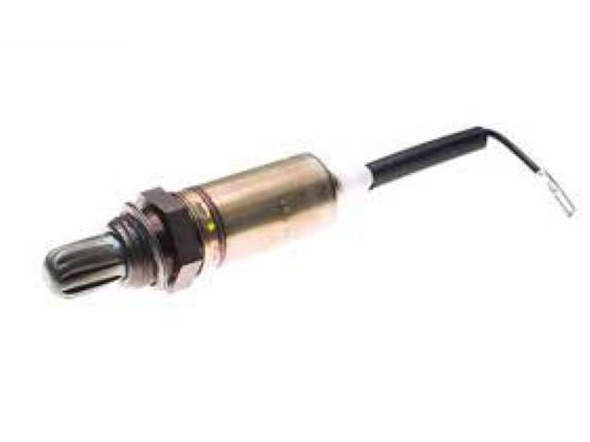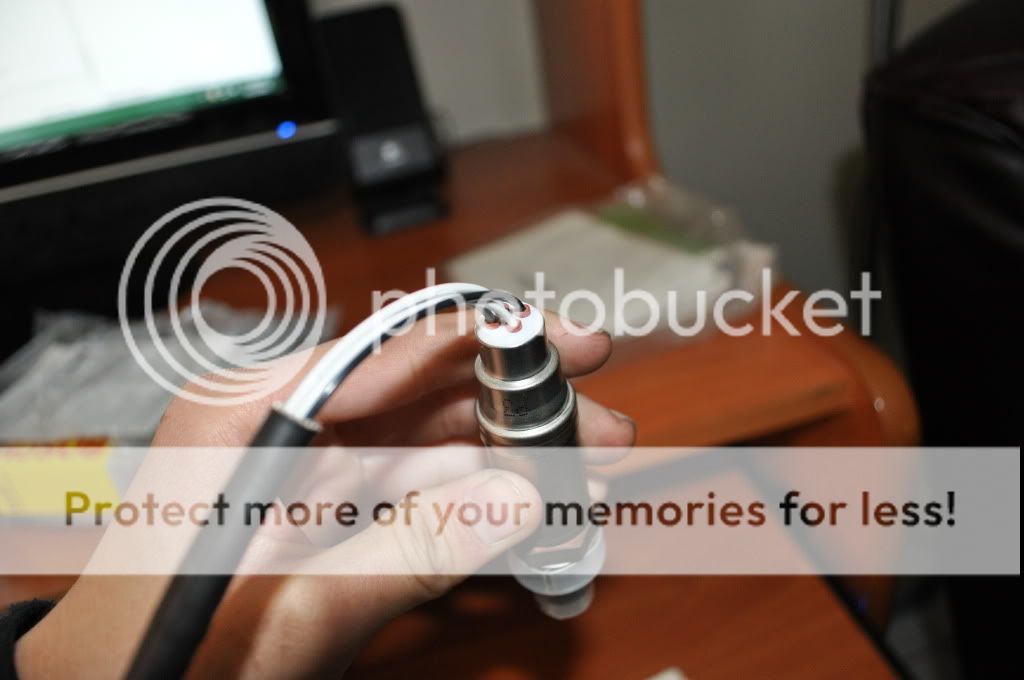
output speed in each gear relative to each other and has a specific amount of variance built in. It uses a calculation based on incoming RPM vs. The Compushift is able to read both input and output speeds to help determine if there are any issues within the transmission. Pictured below is an example of a 4L80E with both input (TISS) and output (TOSS) speed sensors. If you happen to mix these up you will know right away during the first test drive when the transmission refuses to shift or shows an erratic speed signal.

Most of the early electronic transmissions only use the TOSS and the TISS connector remains unplugged and tucked out of the way. It’s important to also remember that not every transmission will utilize the TISS which is the input speed coming from the engine RPM, the TOSS is the actual output speed of the transmission or what we want to see on the dash speedometer. The connectors in the Compushift harness labeled TISS and TOSS (pictured below) will be what is connected directly to the transmission speed sensors. The Compushift will give us a way to feed the signal into the GM ECM via the “speedo out” wire included in the harness (pictured below) In this case the Compushift controller will be what is operating the transmission and will require it’s harness to be connected to the speed sensors of the transmission leaving the GM connector with no place to plug into.
#O2j speed sensor wiring manual#
The harness for the GM ECM will still have vehicle speed inputs in case you would be using it with a manual transmission that doesn’t require a control module, but that connector cannot be directly plugged into the transmission. In this instance we’re using an aftermarket transmission controller with a GM ECM that only controls the engine functions. The HGM electronics Compushift Sport 3 along with a GM ECM. We’ll start with an example that we use here quite often. However, if you have purchased an engine only controller, and intend on using it with a manual transmission or stand alone automatic transmission controller, there will be some alternate ways to make these connections. Both of these systems can be bought with an integrated transmission control module for an automatic transmission, and in those scenarios, there’s nothing special you need to do other than plug it directly into the transmission speed sensor, set up your transmission programming and off you go. The GM controller and the Holley Terminator & Dominator systems.


There’s several different types and styles of engine control modules (ECM) available in the market today, but we’ll touch on the 2 most common that we see used. We’ll try to break it down and give you an overview of the most common applications we come across to help save you a little time and effort in your wiring adventures. Once you tell the folks at the company that your speedo is working strictly off the ABS sensors, they'll probably tell you "No.".Īnd the fact that you would need 4 boxes to get it to work at all.The car building hobby and industry has been continually embracing more electronic controls into use, and with the popularity of fuel injection and digital/electronic dashes there can be some confusion as to the best way to get the speedometer signal from the transmission to the ECM and then to the actual speedometer. Yes, also did that as well.ĭo not use the black box (or whatever brand/color) for a speedo calibration! The box will not be able to work fast enough to get your ABS to function properly and your brakes in a panic situation will not act right. But if you disconnect the back 2 sensors, then the speedo will cease to function and you will trip several codes. You can disconnect the front 2, and the speedo will work, but the ABS light will be on and the ABS will not function. We've physically looked at it, and it's wired into the transmission computer (also inside the transmssion, in the oil pan area, emersed in trans fluid).Īll four ABS sensors control the speedo. Sorry Oz, but the speed sensor that you are looking in for the automatic is actually inside the transmission itself, in the fluid, and cannot be tapped into.


 0 kommentar(er)
0 kommentar(er)
